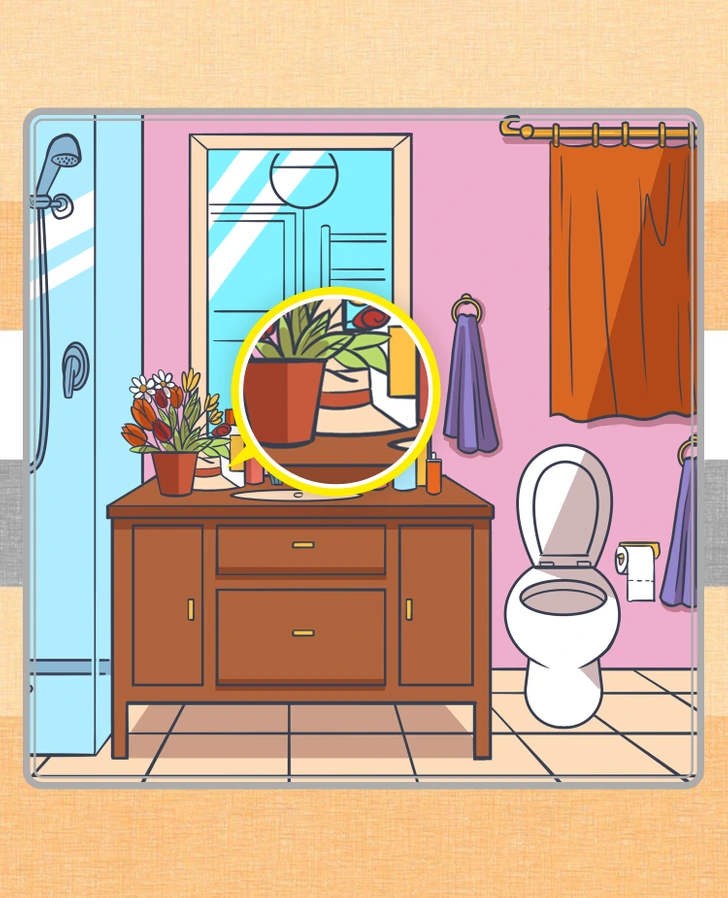Puzzles and brain teasers have long been a favorite way to stimulate your brain and improve problem-solving skills. Today, we’re diving into a tricky math puzzle that’s deceptively simple—at first glance. However, small details make a significant difference, and they’re what often trip people up. Are you ready to take on the challenge and solve it correctly on your first try?
The Puzzle: A Fun Challenge for Your Mind

Here’s the puzzle: In the image, you’ll see a series of equations featuring shoes, kids, and burgers. Your task is to figure out the final answer. Sounds easy, right? Well, looks can be deceiving. This puzzle may seem straightforward, but the devil’s in the details. Are you ready to test your logical reasoning?
Common Pitfalls People Fall Into
When solving puzzles like this one, it’s common to make mistakes. But why do so many people get it wrong? Let’s break down the most frequent errors:
Misunderstanding the Visual Clues
In puzzles involving pictures or symbols, each image represents a value. The trick lies in carefully interpreting these visuals. For example, many people fail to notice the distinction between a single shoe and a pair of shoes, or whether a character is holding an extra object. These small differences can lead to incorrect answers if overlooked.
Forgetting About Order of Operations
In many math puzzles, you need to be mindful of the order of operations—often remembered with the acronym PEMDAS (Parentheses, Exponents, Multiplication and Division, Addition and Subtraction). Jumping straight to addition without considering multiplication or proper sequence is a common mistake that leads to wrong results.
Assuming Repetition Means Same Value
Just because an object or character repeats in an equation doesn’t mean it always represents the same value. For example, in one equation, a child might hold a burger, which changes the outcome when solving. Recognizing these subtle differences will help avoid errors in your calculations.
Step-by-Step Solution: Solving the Puzzle
Let’s break the puzzle down and tackle it one step at a time. Precision is key, as each solution builds on the last.
Step 1: Determine the Value of the Shoes
The first equation features three pairs of red shoes:
Shoes + Shoes + Shoes = 30
Since three pairs of shoes equal 30, we can divide 30 by 3 to get the value of one pair:
One pair of shoes = 10
Now, since one pair consists of two shoes, the value of one shoe is:
One shoe = 5
Step 2: Solve for the Boy
In the second equation, we have two boys and a pair of shoes:
Boy + Boy + Shoes = 20
We already know the value of a pair of shoes is 10. Subtract 10 from 20:
Boy + Boy = 10
Now, divide by 2 to find the value of one boy:
One boy = 5
Step 3: Find the Value of the Burger
In the third equation, we have four burgers and one boy:
2 Burger + 2 Burger + Boy = 13
Since the boy equals 5, subtract 5 from 13:
2 Burger + 2 Burger = 8
Now divide 8 by 4 to find the value of one burger:
1 burger = 2
Step 4: Solve the Final Equation
Now comes the real test—the final equation is:
Shoe + (Boy + Shoes + 2 Burger) × Burger = ?
Let’s break it down step by step:
Substitute the known values:
- Shoe = 5
- Boy = 5
- Shoes (pair) = 10
- Burger = 2
Now, substitute these into the equation:
5 + (5 + 10 + 2 + 2) × 2
Simplify the parentheses:
5 + (5 + 10 + 4) × 2
5 + 19 × 2
Perform the multiplication:
5 + 38
Finally, add the values together:
5 + 38 = 43
The final answer is 43.

Why Precision and Attention to Detail Matter
This puzzle isn’t just about solving math equations; it’s about observing and interpreting details carefully. The smallest distinctions, such as whether a child is holding a burger or realizing a single shoe is half the value of a pair, can make all the difference between getting the answer right or wrong.
By breaking down the puzzle into manageable steps and carefully checking your work at each stage, you can avoid common mistakes and arrive at the correct solution. It’s a great reminder of the importance of precision and attention to detail—both in solving puzzles and in life.
Ready for More? Challenge Yourself Further
Now that you’ve solved this tricky puzzle, how did you do? Did the details catch you off guard, or did you manage to crack it on your first try? Share your answer in the comments below, and let us know if you noticed the finer points right away.
Puzzles like this one are more than just fun—they’re an excellent way to keep your brain sharp and improve your logical reasoning skills. Whether you enjoy solving brain teasers, working on logic puzzles, or diving into crossword challenges, these activities are a fantastic way to enhance cognitive abilities and think clearly under pressure.
So, why not keep challenging yourself? There are countless puzzles out there, each offering a unique twist to test your skills. The more you practice, the better you’ll get at spotting the details and solving even the most complex problems.
Conclusion: Embrace the Challenge and Keep Growing
This math puzzle serves as a reminder that success often lies in the details. With patience, focus, and logical thinking, you can solve even the trickiest puzzles. And as you’ve seen, the feeling of satisfaction after solving a difficult puzzle is worth every ounce of effort.
So, challenge a friend or family member to solve this puzzle too! Share your answers and strategies in the comments below. And remember, the more you explore and solve puzzles, the sharper your mind becomes. Who knows? The next puzzle might be your favorite challenge yet! Keep solving, and keep growing your cognitive abilities


